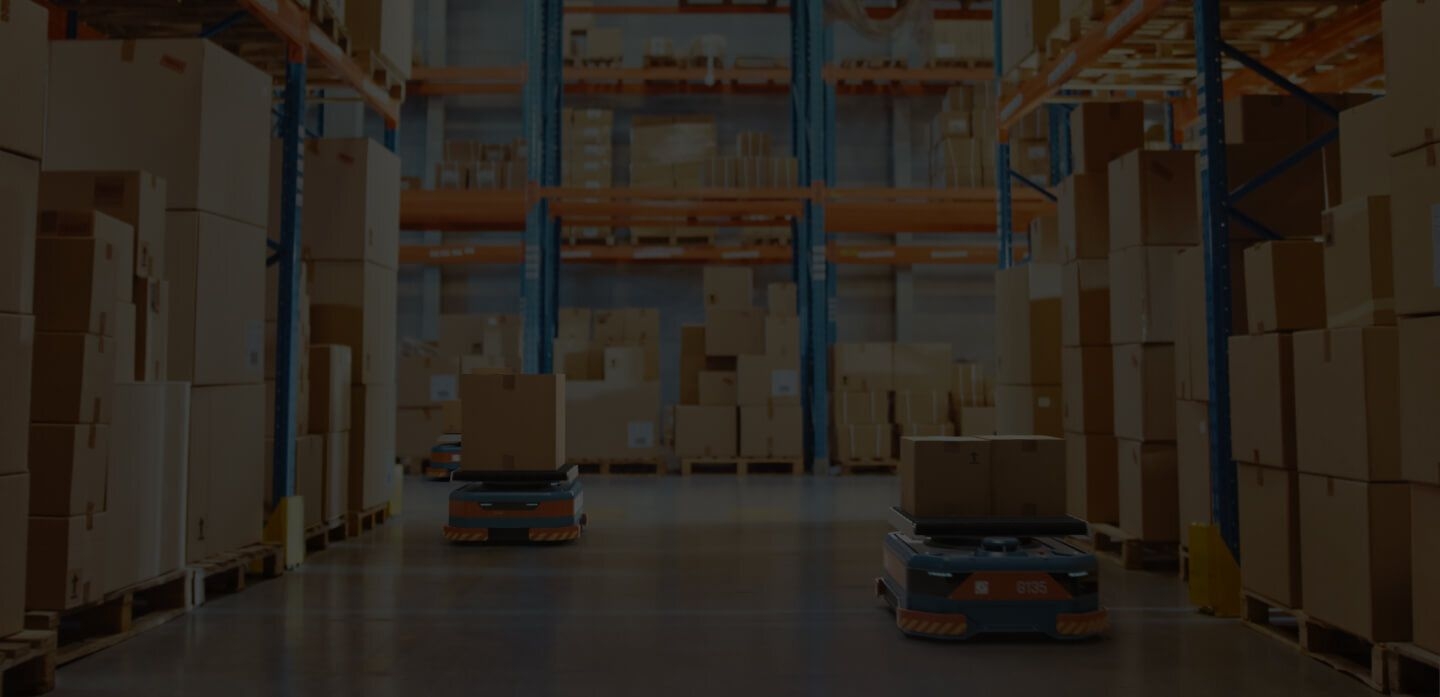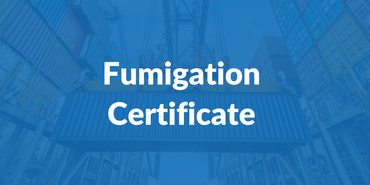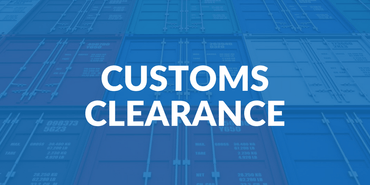
Rotterdam Port Customs Inspection



![]()
The Port of Rotterdam in Netherlands was the world’s largest port for over four decades and continues to play a major role in the ocean freight industry. As Europe’s largest container port, it handles over 125 million containers annually.
Rotterdam Port customs inspection
Most customs inspections at the Port of Rotterdam, if deemed necessary, are conducted via scans. The port has high-tech scanning equipment at their terminals. That means that Dutch customs will not need to open your containers unless absolutely necessary. Whether you’re importing to or exporting from Rotterdam, you’ll be glad to know that you won’t have to pay for any inspection costs. However, you must bear all charges related to actions carried out by third parties that allow for the inspection process - be it a scan or physical inspection.
Scan inspection
Scan: customs scan your shipment by putting it through a tunnel. Dutch customs officials analyze if the contents correspond to the cargo description and if there are illegal items.
What happens
Customs will alert your freight forwarder if it needs to inspect your container. This usually happens from one to a few days before the arrival of your shipment. Upon arrival, customs will transport your container to the scan site. You must approve of the transportation of the container from the terminal to the scan site.
Physical inspection/measurement of hazardous gasses
This falls under physical inspection, or as the Dutch call it, “Fysieke controle” or “Fyco”. You have to ensure that customs can carry out this physical inspection safely. If they determine that there is a presence of hazardous gasses, they will bring in a degassing company to degas the container.
What happens
Your shipping line will inform you that Dutch customs have selected your container for a physical inspection. This usually happens if there’s an issue with your declaration. They will then proceed to block your container on the terminal. Your shipping line is also likely to require from you an email stating that you bear all charges involved in the inspection process. This paves the way for them to unblock your cargo.
When this happens, it involves various parties, including Dutch customs and/or the Ministry of Transport, a specialized inspection company and perhaps a degassing company. This can cause a delay of up to several weeks.
Loading and unloading
Customs may request to open the container - either entirely or partially. You must bear the responsibility of loading and unloading the container, or authorize a third party to do so.
During the entire process, you may track your shipment status on Europe Container Terminal’s container status page. You’ll need to register and create an account to access this page.
Dutch customs will hire third-party companies to handle the transportation of selected containers for inspection. You can obtain the varying transportation costs at the terminal itself. These transporters will bill your freight forwarder, who will, in turn, pass on these extra costs to you. More likely than not, your freight forwarder will also usually charge you their own delay fees resulting from the administration and coordination of the inspection.
Northern European ports
When dealing with Northern European ports, do take into account that certain shipping lines offer free time in the event of an inspection. But these free times are usually minimal and you will end up having to fork out a sum yourself regardless.
Case in point: COSCO offers one-hour free time at the Port of Antwerp for a scan or physical inspection.
The customs offices of some of the largest ports in Northern Europe, Rotterdam and Antwerp included, operate 24⁄7. This aims to reduce delays and added costs, ensuring the earliest release of your detained container as soon as possible.
Take added precaution against having your container detained:
- Read the list of restricted goods to import/export into the Netherlands
- Do not pack prohibited items into your shipment
- Make sure that your goods correspond with your cargo manifest
Related Articles


